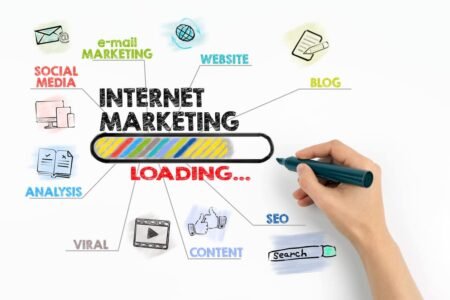In today’s fast-paced digital world, consumers are bombarded with advertisements and marketing messages from every direction. To stand out in this cluttered landscape, businesses need to go beyond traditional marketing tactics and create memorable experiences for their customers. Experiential marketing is a strategy that does just that. It focuses on engaging customers on a deeper level, leaving a lasting impression and fostering brand loyalty. In this blog post, we’ll explore how businesses can create immersive consumer experiences through experiential marketing.
Understanding Experiential Marketing
Experiential marketing, also known as engagement marketing or event marketing, is a strategy that emphasizes creating meaningful interactions and experiences between a brand and its customers. Instead of merely selling a product or service, businesses aim to connect with consumers on an emotional and sensory level. Here are some key principles of experiential marketing:
Emotionally Charged: Experiential marketing aims to evoke emotions and feelings in consumers. These emotions are often linked to the brand’s values and identity, creating a strong emotional connection.
Multi-Sensory: Engage multiple senses to create a holistic experience. This can include sight, sound, touch, taste, and smell, depending on the nature of your brand and product.
Authenticity: Consumers value authenticity. Experiential marketing should reflect the genuine values and personality of your brand.
Participation: Encourage active participation from consumers. This could involve interactive events, workshops, or user-generated content.
Creating Immersive Experiences
Now, let’s explore some strategies to create immersive consumer experiences through experiential marketing:
Pop-Up Stores: Temporary physical stores or pop-up shops provide a unique opportunity for consumers to interact with your products or services in a tangible way. These spaces can be creatively designed to reflect your brand’s identity and values.
Virtual Reality (VR) and Augmented Reality (AR): Utilize VR and AR technologies to transport consumers into a virtual world related to your brand. For example, a furniture retailer could create a VR showroom where customers can “try out” different furniture pieces.
Interactive Workshops and Classes: Host workshops or classes related to your industry. These could be in-person or virtual and allow consumers to learn something new while engaging with your brand.
Live Events and Experiences: Organize live events, such as product launches, concerts, or art installations, that resonate with your target audience. These events can create buzz and generate excitement around your brand.
Branded Content and Storytelling: Develop compelling stories that connect consumers to your brand on a personal level. Share these stories through various content formats, such as videos, podcasts, or social media campaigns.
Product Sampling and Tastings: Offer samples or tastings of your products in high-traffic areas. This gives consumers a chance to experience your product firsthand and can lead to immediate sales.
User-Generated Content Campaigns: Encourage customers to create content related to your brand and share it on social media. This not only engages consumers but also provides authentic endorsements.
Surprise and Delight: Random acts of kindness or unexpected surprises can create memorable moments. These could include giving out freebies, hosting flash mobs, or creating viral challenges.
Measuring Success
To ensure that your experiential marketing efforts are paying off, it’s crucial to track and measure the impact of these experiences. Metrics to consider include foot traffic, social media engagement, conversion rates, and customer feedback.
Conclusion
In a world where consumers are constantly bombarded with advertisements, experiential marketing stands out as a powerful strategy to create immersive consumer experiences. By focusing on emotions, authenticity, and multi-sensory engagement, businesses can forge deeper connections with their audience, foster brand loyalty, and ultimately drive growth. As you plan your marketing efforts, remember that the most memorable experiences are the ones that resonate with consumers on a personal level and leave a lasting impression.










